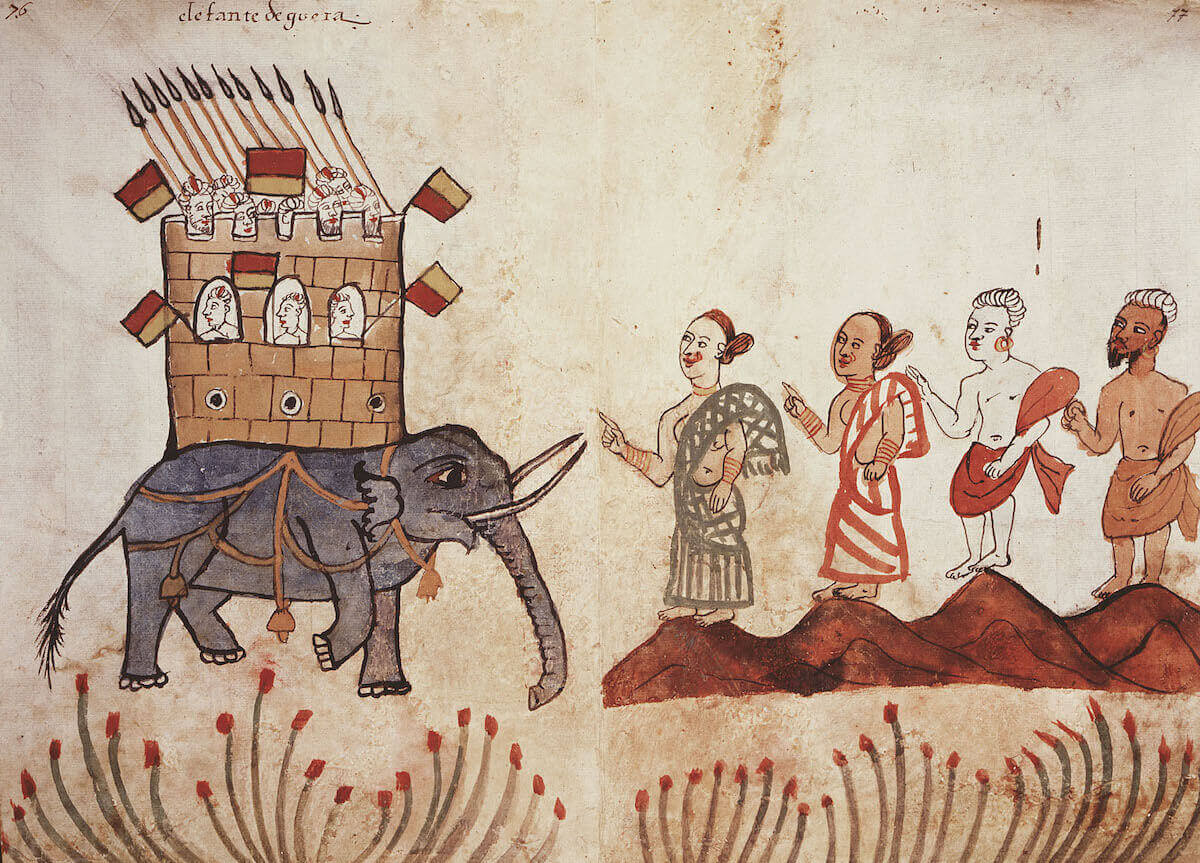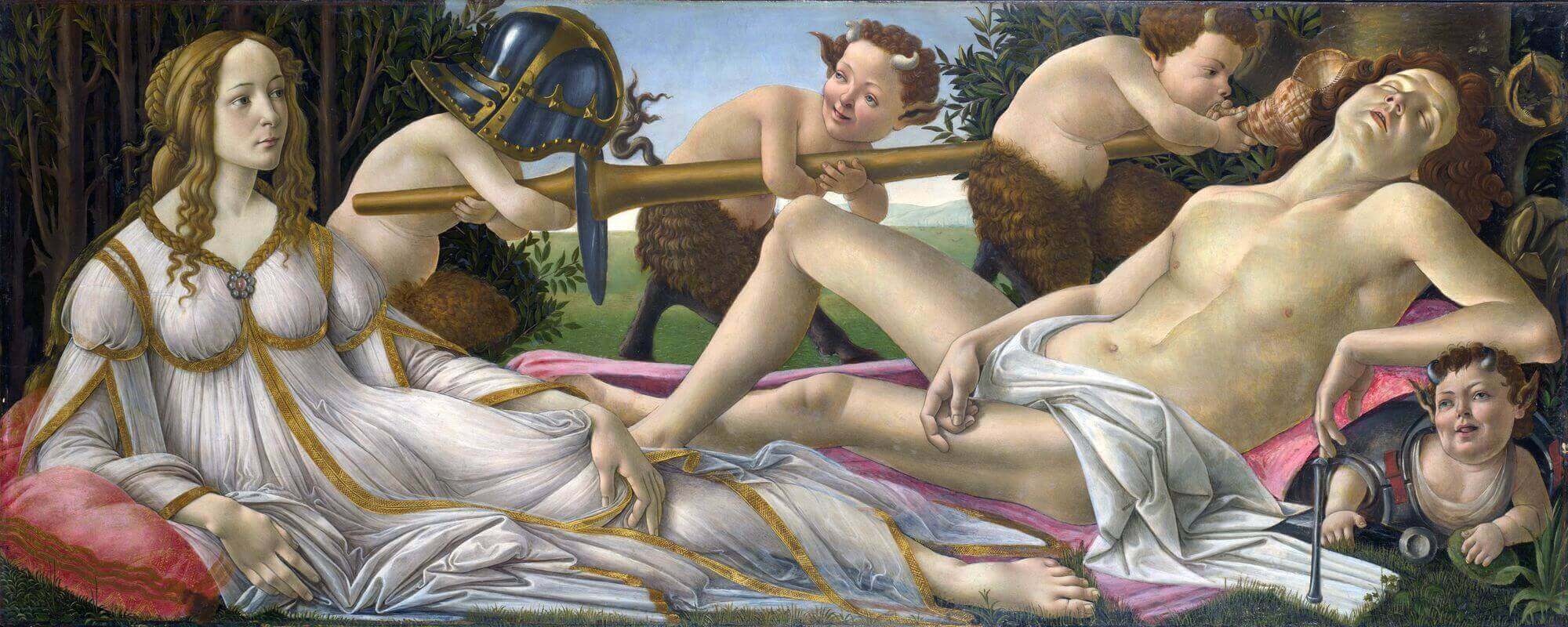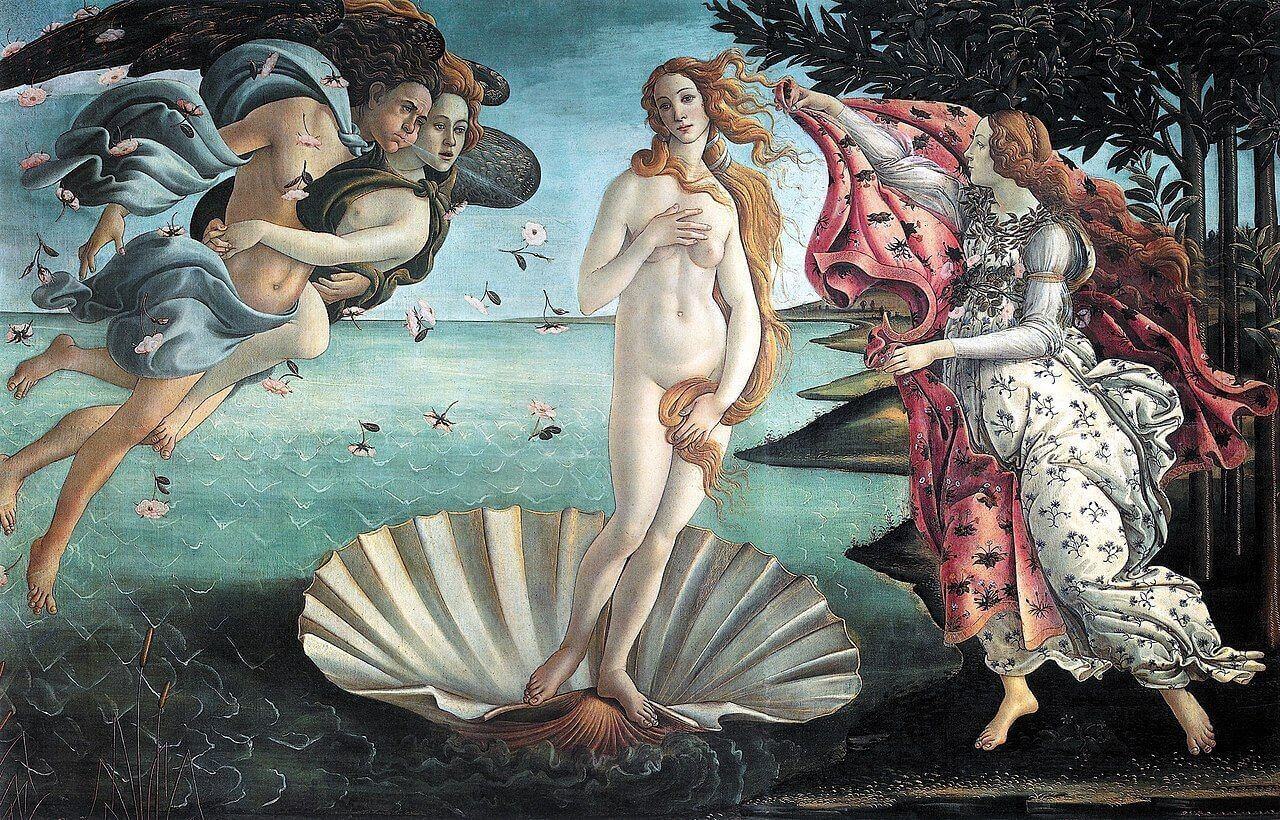Life
The great ventriloquist
Plato was born in Athens some time between 428 and 423 BCE to a high-ranking Athenian family. Plato’s family took particular pride in being related to the great statesman Solon who lived two centuries before, and who put in place the laws that underpinned Athenian democracy.
Like many other philosophers in Ancient Greece, Plato wrote his philosophical works in a literary form. But where Parmenides and Xenophanes wrote in verse, Plato’s preferred form was dialogue. This makes Plato something of a ventriloquist-philosopher: in his dialogues, he channels his ideas through the mouths of others — most of all, his teacher Socrates. And this ventriloquism has led to centuries of debate about which ideas belong to Plato, which to Socrates, and which to the other participants in his dialogues.
The student of Socrates
When he was still young, Plato fell under the spell of Socrates. And he remained a part of Socrates’s circle until his mentor was put to death in 399 BCE.
After this, it is likely that Plato left Athens, and travelled throughout the Greek-speaking world, and perhaps as far as Egypt. His work shows how broadly he studied. He was influenced by the Pythagorean philosophers, by Parmenides, and by Heraclitus. And the references to Egypt throughout his work suggest that, whether or not Plato visited Africa, he was influenced by Egyptian traditions of philosophy that reached back centuries.
Plato returned from his travels to settle in Athens when he was around forty years old. After his return, he set up a philosophical school of his own, the Academy. One of the most famous of his students was Aristotle, who later went on to develop — and fiercely criticise — his teacher’s work.
Plato continued to teach until his death, in his early or mid-eighties.
Philosophy
Plato’s philosophical ventriloquism gives his philosophy a very distinctive feel: he is not just telling us how things are; instead, he is showing us how people come together and engage in debate in an attempt to get closer to the truth. What Plato wants to give us in his work is not philosophy as a set of ideas. Instead, he wants to give us a record of philosophy as an activity — as an exploration of things that matter, undertaken by living, thinking human beings.
When you read Plato, what you are getting is a sense of thinking in action.
Philosophy as midwifery
Often, the main speaker in Plato’s dialogues is Socrates — or an idealised version of Socrates who seems to have a fitting response (although not always an answer) to every question, and an uncanny ability to tie everybody else up in knots.
In Plato’s Theaetetus, Socrates describes himself as a midwife who assists at the birth of truth, providing precisely the kind of encouragement, the right salves and potions, to help the people he is speaking to give birth to true knowledge, or perhaps even to wisdom. But giving birth to wisdom is not something that Socrates can do for other people. Socrates claims he does not instruct, he simply assists in this process of developing wisdom, something that we must all undergo individually.
Plato takes this idea of philosophy as midwifery seriously. And this is why the dialogue form is so important to him. He wants to avoid giving us the answers. Instead, he wants to lead us — like Socrates — to discovering the truth for ourselves. And what better way of doing this than presenting argument and counter-argument for us to pick through, leaving room for ambiguity and for our own questioning?
Life in the cave
But that isn’t to say that Plato doesn’t have a very distinctive and specific vision of what truth might be.
In setting out this vision, Plato often talks in myths, fables, allegories, and stories. And one of the most famous of all these stories is the allegory of the cave from the Republic. It is a very weird story indeed, but it is also one that symbolically connects to Socrates’s view of philosophy as midwifery.
SOCRATES: Imagine human beings living in an underground, cavelike dwelling, with an entrance a long way up, which is both open to the light and as wide as the cave itself. They’ve been there since childhood, fixed in the same place, with their necks and legs fettered, able to see only in front of them, because their bonds prevent them from turning their heads around. Light is provided by a fire burning far above and behind them. Also behind them, but on higher ground, there is a path stretching between them and the fire. Imagine that along this path a low wall has been built, like the screen in front of puppeteers above which they show their puppets.GLAUCON: I’m imagining it.SOCRATES: Then also imagine that there are people along the wall, carrying all kinds of artifacts that project above it—statues of people and other animals, made out of stone, wood, and every material. And, as you’d expect, some of the carriers are talking, and some are silent.GLAUCON: It’s a strange image you’re describing, and strange prisoners…The Republic (514a-515a)
Slipping our chains
It is indeed a strange image. But the point is this: for the fettered prisoners, their whole reality will be the shadows that are thrown on the walls of the cave. Behind them, the nefarious puppeteers carry models of donkeys, people and other things. And the hapless prisoners see the mere shadows of the models of things, and assume that these shadows are the things themselves.
In the second part of this series on Plato, I’ll delve more into Plato’s concern with shadows, models, and imitations. But for now, we’ll just look at what the allegory of the cave says about Plato’s view of philosophy: a difficult process through which we — locked in the caves of our ignorance — attain to a greater truth.
Socrates goes on to imagine one of these prisoners unchained. At first, they might be confused, uncertain of what they were seeing. Everything would be different and strange. And if they tottered a little way up the path to the outside, they would recoil from the light, and be momentarily blinded. It would take somebody to assist at the birth of their wisdom: a philosophical midwife like Socrates.
SOCRATES: And if someone dragged him away from there by force, up the rough, steep path, and didn’t let him go until he had dragged him into the sunlight, wouldn’t he be pained and irritated at being treated that way? And when he came into the light, with the sun filling his eyes, wouldn’t he be unable to see a single one of the things now said to be true?The Republic (515e)
And yet, once this ex-prisoner’s eyes adjusted to the light, they would see the whole world — the things of the world, the sky, the light of the stars and the sun. And they would be amazed by how much greater this reality was than what they had imagined when stuck in the cave.
The philosopher Parmenides had argued that the world of appearances—the way things seemed to be—was at odds with reality. Plato takes up this idea, and tries to convince us that the world that we experience day by day is a mere shadow of the true richness of the world: a richness that we attain by pursuing the path of philosophy.
The prison of ignorance
The allegory of the cave ends with a dispiriting thought. Once the former prisoner saw the truth, they might want to set about liberating all the others from their captivity. After all, if the true reality really is so much greater than the shadowy world of appearances, why wouldn’t you want to share it?
But if this newly released prisoner went back into the cave and tried to liberate their former comrades from their captivity, they would meet with incomprehension, anger, ridicule, and even violence. “And as for anyone who tried to free the prisoners and lead them upward,” Socrates asks, “if they could somehow get their hands on him, wouldn’t they kill him?” It is a clear reference to Socrates’s eventual fate, put to death by his fellow Athenian citizens.
The allegory of the cave has philosophical depths that we’ll explore further in a later philosopher file. And we’ll have more to say about appearances, reality, shadows and imitations. But we can already see how this allegory also provides two important ideas that have shaped how Plato’s successors have imagined philosophy, down to the present day.
The first the idea that philosophy is essentially about the search for a truth that is hidden behind the world of appearances, and that this search is a difficult, individual ascent from darkness towards light.
And the second is the pessimistic idea that even if we can attain this truth, when we speak it to others we are liable to be misunderstood, ridiculed, derided—or even killed. Because, as T.S. Eliot put it in the Four Quartets, “Humankind cannot bear very much reality.”
Further Reading
Books
Julia Annas’s book Plato: A Very Short Introduction (Oxford University Press 2003) is a great, accessible way into his work.
Plato is a very readable writer. A good, comprehensive collection is Plato: Complete Works (Hackett 1997), edited by John M. Cooper. This is the version I’ve used here.
There’s also a good translation of Plato’s Republic by G.A.M. Grube, also published by Hackett (1992).
Finally, for something totally different, try José Saramago’s The Cave (Mariner Books 2003), a novel that riffs on themes from Plato.
Online Resources
If you haven’t watched it already, you really should watch this claymation adaptation of Plato’s cave. It departs from the letter of Plato’s story in a couple of places, but gives a real sense of the spirit of what Plato is trying to say.
Image: Plato. Etching by D. Cunego, 1783, after R. Mengs after Raphael. Credit: Wellcome Collection. Attribution 4.0 International (CC BY 4.0)



